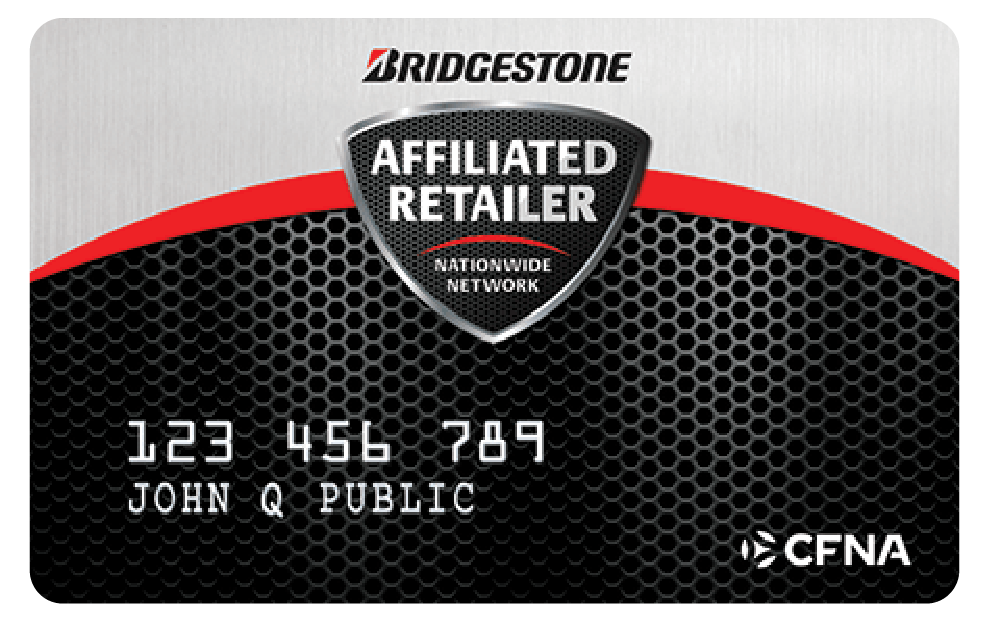Radiator & Cooling System Repair in Redwood City, CA
Prevent overheating—ensure your cooling system functions perfectly!
Radiator and Cooling Services FAQ
What is radiator service?
Radiator service involves the inspection, maintenance, and repair of a vehicle’s cooling system. This includes checking the radiator, thermostat, coolant levels, and associated hoses and belts to ensure proper functioning and prevent overheating and engine damage.How often should I get my radiator serviced?
It's generally recommended to have your radiator and cooling system checked at least once a year or per the vehicle manufacturer’s guidelines. You should also have the system checked if you notice any signs of cooling system problems.What are signs that my radiator needs servicing?
Signs that your radiator may need service include:
Visible coolant leaks under the vehicle
Rising engine temperature or overheating
Low coolant levels
Rust or sediment in the coolant
Heater not working properlyWhat does a typical radiator service include?
A typical radiator service may include:
Draining and flushing the radiator to remove old coolant and debris
Checking for leaks in the radiator and hoses
Inspecting the radiator cap for proper sealing
Checking the thermostat for proper operation
Refilling the radiator with new coolant
Ensuring the cooling fan operates correctlyHow long does radiator service take?
Most radiator services can be completed in about an hour, but complex issues like leaks or part replacements may extend this time.What is the difference between coolant and antifreeze?
Coolant is generally a mixture of antifreeze and water. Antifreeze is the chemical compound used to lower the freezing point and raise the boiling point of the liquid within a vehicle's engine, helping it operate efficiently in extreme temperatures.Can I perform radiator service on my own?
While basic maintenance such as adding coolant can be a DIY task, radiator service often involves handling potentially hazardous chemicals and complex diagnostic and repair tasks that might be best handled by a professional.What happens if I don’t service my radiator regularly?
Neglecting radiator maintenance can lead to serious problems, including engine overheating, increased engine wear, and even engine failure. Regular maintenance helps prevent these issues, extend the life of your engine, and ensure your vehicle runs efficiently.How much does radiator service cost?
The cost of radiator service can vary depending on the service provider, the type of vehicle, and the specific services required. Typically, a basic radiator flush and fill might cost between $50 and $150, while more extensive repairs could be significantly more.What is the role of the water pump in a vehicle’s cooling system?
The water pump is crucial for circulating coolant through the engine and radiator, helping to maintain optimal engine temperature. It is driven by the engine's serpentine belt or timing belt and ensures that coolant flows continuously, preventing engine overheating.How do I know if my water pump needs replacing?
Signs that your water pump may need replacing include:
Coolant leak near the front-center of your vehicle.
Whining sounds coming from the front of the engine.
Overheating engine, especially at idle or when stopping.
Steam coming from the radiator.What is a thermostat and how does it work?
A thermostat is a valve that controls the flow of coolant to the radiator depending on engine temperature. It remains closed when the engine is cold to allow it to quickly reach operating temperature. Once the engine is warm, the thermostat opens to let coolant flow to the radiator, preventing the engine from overheating.What are common issues with thermostats?
Common issues with thermostats include:
Sticking in the open or closed position, leading to engine overheating or taking too long to reach the operating temperature.
Faulty thermostat housing can cause coolant leaks.
Wear and tear over time requiring replacement to maintain optimal functioning.How often should the water pump and thermostat be replaced?
There is no universal replacement interval for water pumps or thermostats, but they are often replaced as part of routine maintenance every 60,000 to 100,000 miles. It's also common to replace them when performing major engine or radiator repairs.Can a malfunctioning thermostat affect my vehicle’s performance?
Yes, a malfunctioning thermostat can significantly affect your vehicle's performance. If it sticks closed, it can cause the engine to overheat, potentially leading to engine damage. If it sticks open, the engine may not reach optimal operating temperature, reducing efficiency and performance.What does it cost to replace a water pump or thermostat?
The cost to replace a water pump or thermostat can vary based on the vehicle model and the labor involved. Typically, water pump replacement costs range from $300 to $750, while thermostat replacement can cost between $150 and $350. These prices include parts and labor.What are the risks of delaying water pump or thermostat repair?
Delaying the repair of a faulty water pump or thermostat can lead to serious engine problems, including overheating, decreased efficiency, and potential engine failure. It's critical to address any cooling system issues promptly to maintain vehicle safety and performance.




